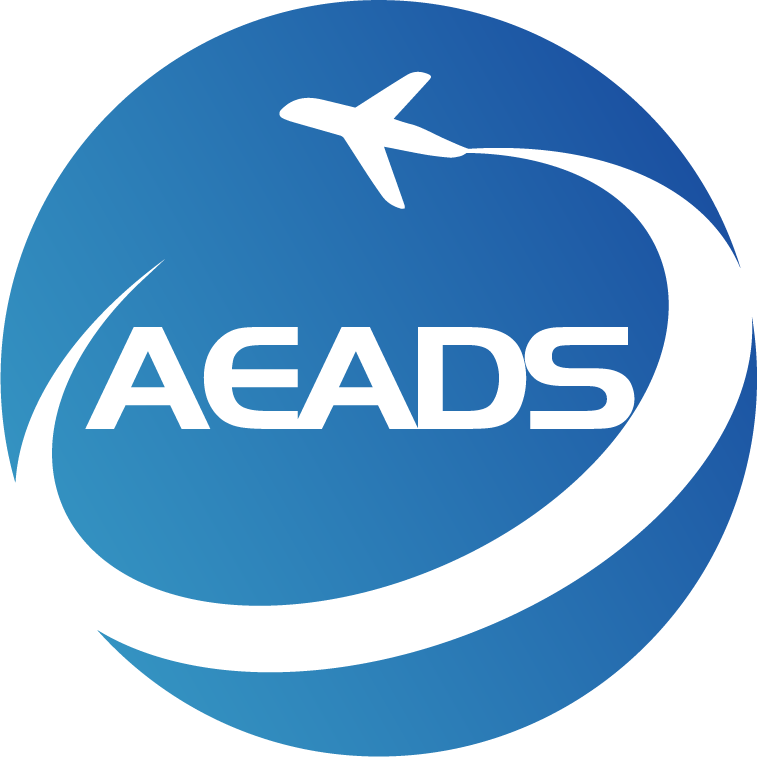In this paper, we define the pollution abatement cost (PAC) as the ratio of the outputs when the undesirable outputs are freely disposed to the outputs when the undesirable outputs are weakly disposed. Then we propose a Dynamic Environmental DEA model to calculate the pollution abatement cost change indexes, which are decomposed into technical change index, input level change index and undesirable output production change index. An empirical study is done based on the actual data of 18 large global airlines from 2008 to 2014. The main findings are: (1) Delta Air Lines has the largest PAC changes. (2) Most airlines' PACs have decreased. (3) The financial crisis of 2008 and the application of biofuel aircrafts have important impacts on the PAC change.
In this paper, we define the pollution abatement cost (PAC) as the ratio of the outputs when the undesirable outputs are freely disposed to the outputs when the undesirable outputs are weakly disposed. Then we propose a Dynamic Environmental DEA model to calculate the pollution abatement cost change indexes, which are decomposed into technical change index, input level change index and undesirable output production change index. An empirical study is done based on the actual data of 18 large global airlines from 2008 to 2014. The main findings are: (1) Delta Air Lines has the largest PAC changes. (2) Most airlines' PACs have decreased. (3) The financial crisis of 2008 and the application of biofuel aircrafts have important impacts on the PAC change.
[Please contact Cui Qiang for data content, scientific research cooperation and other academic issues] cuiqiangcuiqiang1011@163.com>
[For technical problems such as website failure and download failure, please contact] Website technology WeChat: Tyw1051
